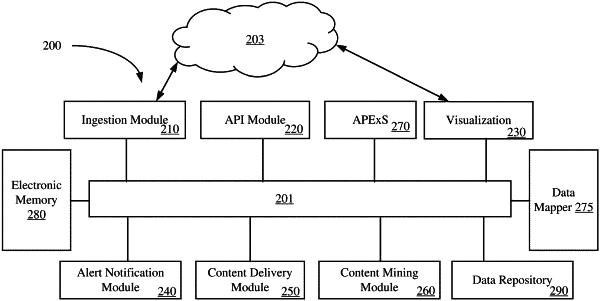| CPC G06Q 10/087 (2013.01) [G01W 1/10 (2013.01); G01W 1/14 (2013.01); G06N 3/08 (2013.01); G06Q 10/0832 (2013.01); G06V 20/188 (2022.01)] | 20 Claims |

|
1. A computer-implemented method comprising:
training a neural network to detect anomalies, by
providing a first training set comprising a plurality of data items relating to the specified phenological phase and having anomalies, the plurality of data items selected from temperature at the growing location during the specified phenological phase, humidity at the growing location during the specified phenological phase, and hours of daylight at the growing location during the specified phenological phase;
training the neural network using the first training set;
providing a second training set comprising a plurality of data items relating to the specified phenological phase and having no anomalies, the plurality of data items selected from temperature at the growing location during the specified phenological phase, humidity at the growing location during the specified phenological phase, and hours of daylight at the growing location during the specified phenological phase; and
training the neural network using the second training set;
receiving, at a computer system, a plurality of datafiles from a plurality of remote sources, the plurality of datafiles being received datafiles, each received datafile of the received datafiles containing an initial dataset from a corresponding one of the remote sources, and having a corresponding electronic file format; and
for each received datafile, operating one or more processors to execute code to:
extract the initial dataset and translate the initial dataset into a uniform data format to produce an initial translated dataset; and
store the initial translated dataset into computer memory as part of a common dataset;
evaluate, using the one or more processors, an evaluated dataset with the neural network to identify a set of one or more anomalies, each an identified anomaly, the evaluated dataset being one of the initial dataset or the initial translated dataset;
access a profile of a user, the user profile identifying an agricultural attribute;
identify an anomaly that correlates to the agricultural attribute identified in the user profile, said anomaly being an identified anomaly; and thereafter to
output the identified anomaly to a user device.
|